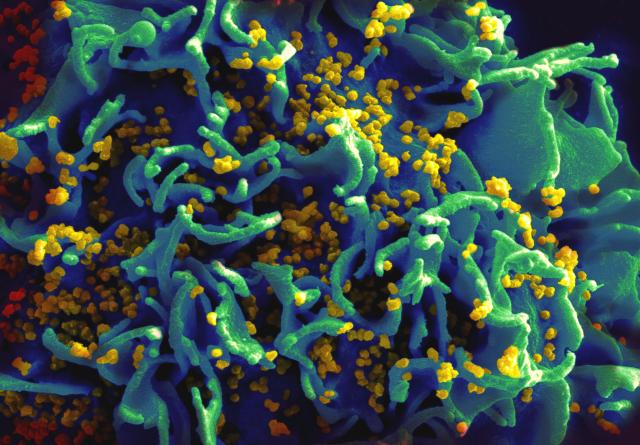Researchers make a breakthrough in the fight against HIV
Researchers at Warwick’s Department of Chemistry and the Warwick Medical School have, together with researchers at the University of Leicester and Queen Mary University of London, made a breakthrough in the fight against HIV.
A macromolecule designed to mimic the binding of HIV to cells in the human immune system is thought to be able to stop the virus from entering the body.
Dr Remzi Becer, who led the study at Queen Mary’s School of Engineering and Materials Science said of the research: “these are preliminary but encouraging results for potentially preventing the spread of the HIV by sexual contact.”
HIV, or human immunodeficiency virus, is responsible for acquired immunodeficiency syndrome, or AIDS. The virus binds itself to dendritic cells by way of a glycoprotein (gp120) present on its surface binding to a protein known as DC-SIGN.
The research conducted by Warwick, Leicester and Queen Mary investigates specifically the binding of glycopeptides to the DC-SIGN protein in order to inhibit the HIV-1 virus from doing the same.
Existing research showed the effectiveness of molecules known as glycopolymers on inhibiting the binding of gp120 to DC-SIGN.
The new study shows that glycopolypeptides, though slower in binding to DC-SIGN, have a stronger bind due to their closer resemblance to naturally occurring proteins. This suggests that they could be used to effectively prevent dendritic cells from binding to the virus.
Dr Russell Wallis of University of Leicester’s Departments of Infection, Immunity and Inflammation and Biochemistry also hinted that more research lies ahead, but that there is much promise in this method for preventing the spread of HIV.
He said: “although research is still at an early stage, it is an exciting approach because it targets the way that HIV infects vulnerable cells in the body.
“By acting as a physical barrier to the virus, the glycopolymers could be used to prevent the spread of HIV through sexual contact, one of the major routes of infection.”
The study was published online at Macromolecular Rapid Communications earlier this month.

Comments